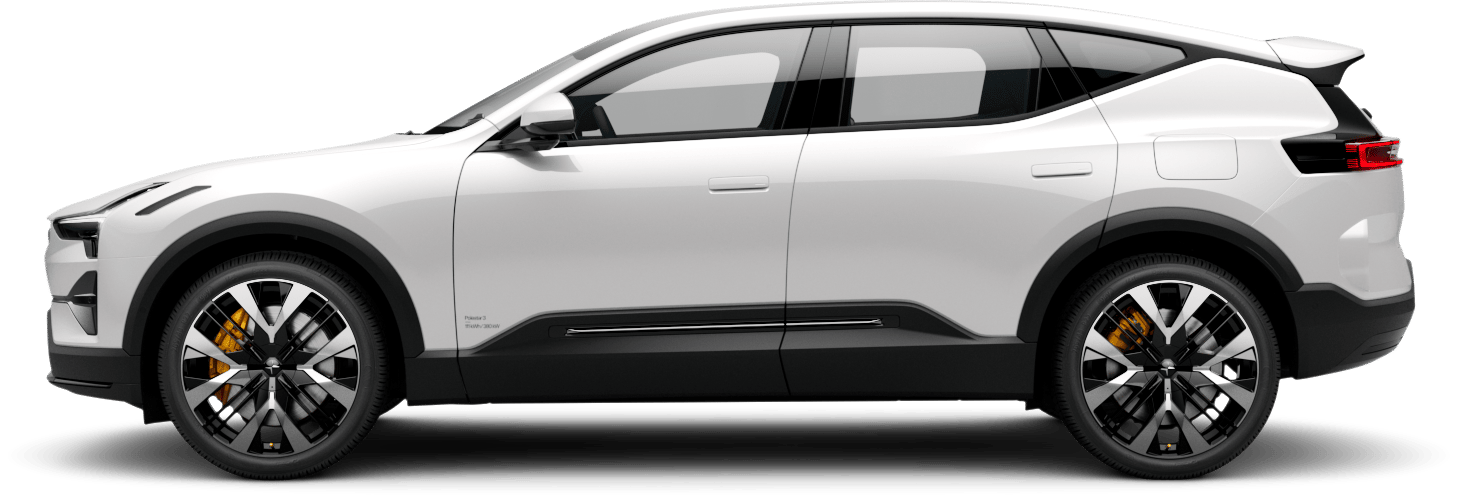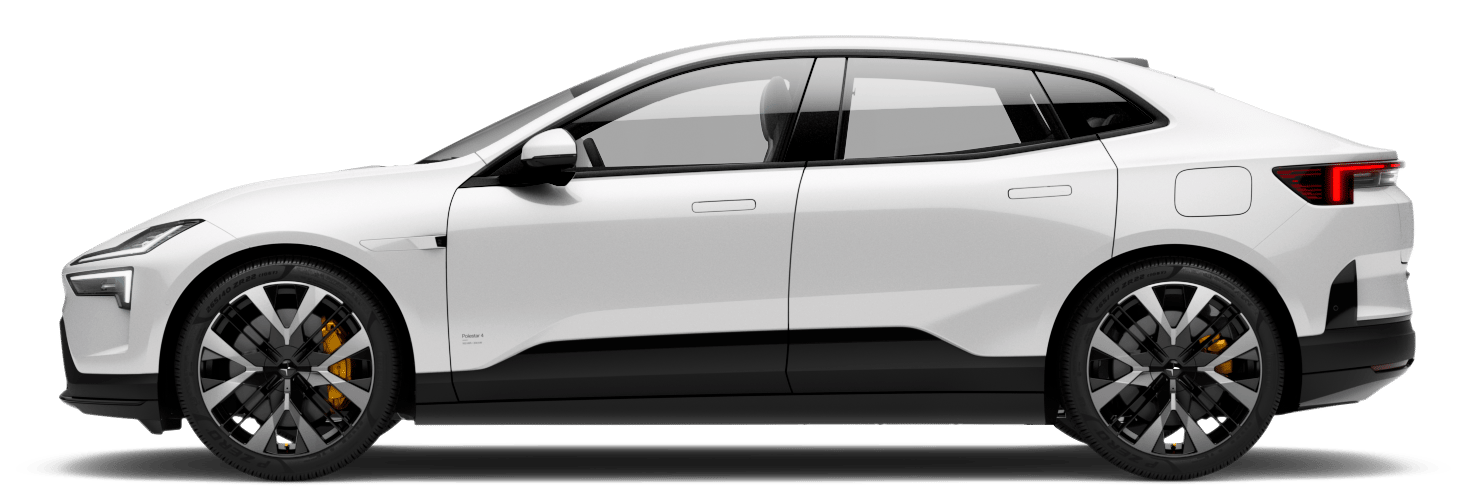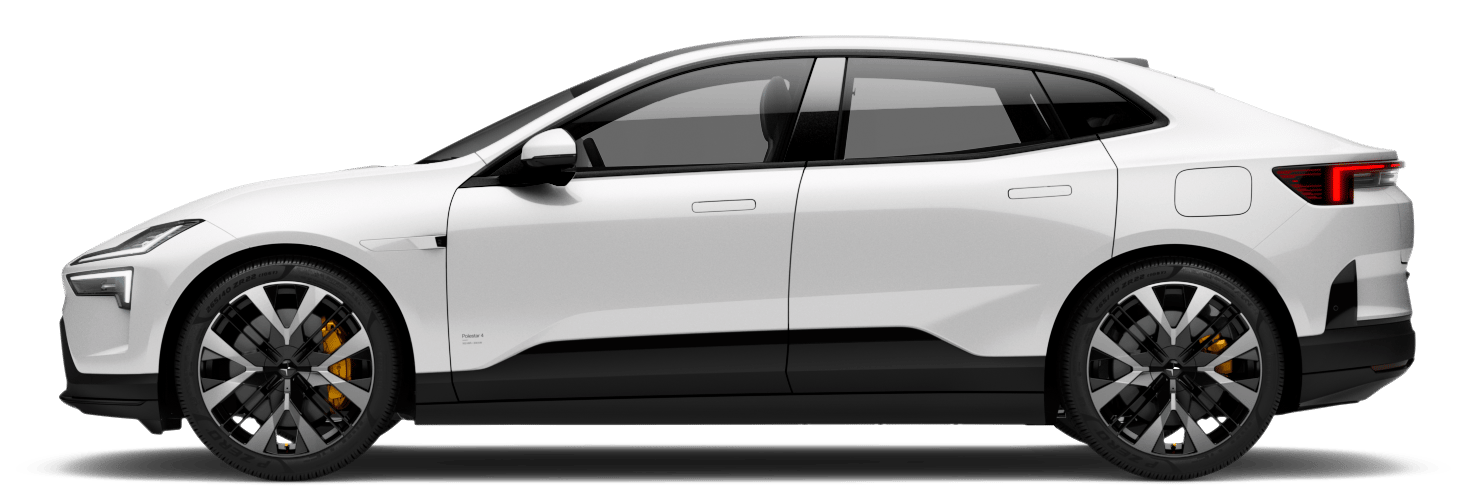Polestar 2's first crash test
The crash labs are installing a pool.

That's an odd sentence, but the truth of the matter is that for the crash labs, a large pool is important. In fact, it's crucial. With more and more electric vehicles, there come more and more electric vehicle crash tests. We need to plan for every eventuality.
Thankfully, there was no issue during the very first crash test of the Polestar 2. This test was a front offset/small overlap crash, meaning that the impact was on the front 25% of the car (measured outwards from the middle). The test car, sporting a colorway seemingly chosen by Lil Pump, traveled at 64 km/h towards the obstacle, with a dummy boasting 70 sensors behind the wheel.

01/05
And it went swimmingly. The engineers and analysts identified a few key factors which made this crash a success:1. The front wheel detached early, minimizing the chance of structural stack-up and deformations into the interior compartment.2. The battery was unscathed (though this type of collision doesn't usually pose risks for the battery).3. The SPOC block* held.
See the set-up, the impact, and the outcome in the gallery. And if any batteries ever need to have an emergency pool party, we'll be sure to document that too.
*Severe Partial Offset Crash block, which is a small metal bracket at both sides of the front of the chassis that helps to keep metal out of the interior during a collision.
To read more about the various safety features and innovations found in all Polestar cars, click here.












